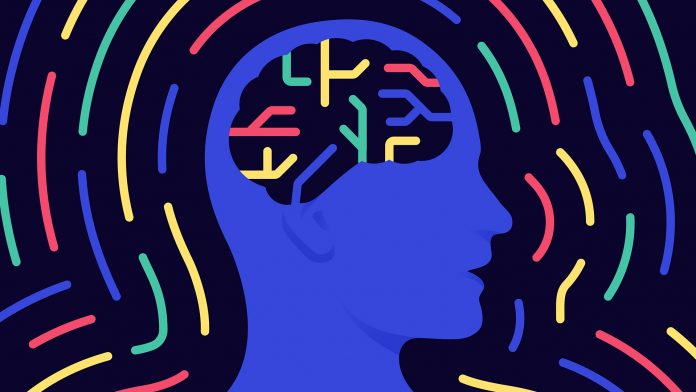
Circadian rhythm disorder has been found to be associated with anxiety, autism, schizophrenia, and Tourette syndrome, as well as most other mental disorders.
A team of neuroscience, pharmaceutical sciences, and computer science researchers at the University of California, has launched a study into the link between circadian rhythm disorder and mental disorders.
Circadian rhythm disorder can seriously affect health
In an article published in the Nature journal Translational Psychiatry, the researchers hypothesise that circadian rhythm disorder is a psychopathology factor shared by a range of mental illnesses. They also argue that research into its molecular foundation could be key to creating better therapies and treatments.
“Circadian rhythms play a fundamental role in all biological systems at all scales, from molecules to populations,” said senior author Pierre Baldi, UCI Distinguished Professor of computer science. “Our analysis found that circadian rhythm disruption is a factor that broadly overlaps the entire spectrum of mental health disorders.”
The study’s lead author Amal Alachkar, a neuroscientist and professor of teaching in UCI’s Department of Pharmaceutical Sciences, acknowledged the challenges of testing the team’s hypothesis on a molecular level. However, Alachkar said the researchers did find significant evidence of the connection between circadian rhythm disorder and mental health disorders by examining peer-reviewed literature.
“The tell-tale sign of circadian rhythm disorder – a problem with sleep – was present in each disorder,” Alachkar said. “While our focus was on widely known conditions including autism, ADHD, and bipolar disorder, we argue that the circadian rhythm disorder psychopathology factor hypothesis can be generalised to other mental health issues, such as obsessive-compulsive disorder, anorexia nervosa, bulimia nervosa, food addiction and Parkinson’s disease.”
Circadian rhythms regulate the body’s physiological activity and biological processes during the day. The rhythm is synchronised to a 24-hour light/dark cycle and can influence when people are awake or asleep. Circadian rhythms also influence hormone function, body temperature, and consolidation of memories. It is essential that this operation is not disrupted for the survival of all living organisms, according to the paper’s authors.
Circadian rhythms are sensitive to light/dark cues. This means they can be easily disrupted by light exposure at night, and the level of disruption appears to depend on sex and can change with age.
“An interesting issue that we explored is the interplay of circadian rhythms and mental disorders with sex,” said Baldi. “For instance, Tourette syndrome is present primarily in males, and Alzheimer’s disease is more common in females by a ratio of roughly two-thirds to one-third.”
More research is needed to improve care
Baldi also acknowledged the unresolved issue of the causal relationship between circadian rhythm disruption and mental health disorders. Baldi and the research team still want to understand whether circadian rhythm disorder is a key player in the onset of mental disorders, or whether is a ‘self-reinforcing symptom in the progression of the disease?’
The team has suggested an examination of the circadian rhythm disruption takes place at a molecular level using transcriptomic (gene expression) and metabolomic technologies in mouse models.
“This will be a high-throughput process with researchers acquiring samples from healthy and diseased subjects every few hours along the circadian cycle,” Baldi said.
“This approach can be applied with limitations in humans, since only serum samples can really be used, but it could be applied on a large scale in animal models, particularly mice, by sampling tissues from different brain areas and different organs, in addition to serum. These are extensive, painstaking experiments that could benefit from having a consortium of laboratories.”
Baldi stressed that this research would help the mental health research community identify potential biomarkers, causal relationships, and novel therapeutic targets and avenues.









